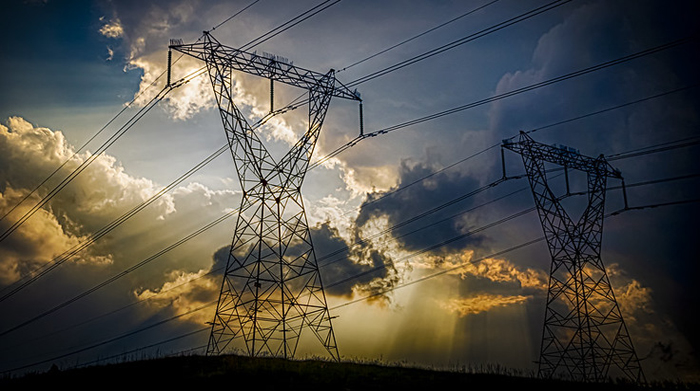Infrastructure Hardening Leads Grid Modernization Investments

Image courtesy of Axel Bührmann under Attribution 2.0 Generic License, resized to 700 x 391 pixels.
According to a new research report from Wood Mackenzie, 25 U.S.-based investor-owned utility companies have earmarked a total of just over $36 billion for infrastructure hardening and other grid modernization projects, a 37% CAGR since 2012 and a whopping 71% increase from 2022 to 2023.
Approximately 80% of the total investment relates to infrastructure hardening, distribution automation, and advanced metering infrastructure (AMI). Of this 80%, infrastructure hardening accounts for the largest share at roughly 40%. This is great news from an emergency preparedness perspective, so let’s take a deeper look into where all this money is going.
Why Infrastructure Hardening and AMI Top the List
Unless you’ve been living under a rock, you’re likely aware of the dramatic increase in physical attacks to substations over the last few years, as well as the increasing frequency of severe weather over the past decade. And there is no evidence that these are short-term trends. This is why huge investments in grid modernization are warranted.
Following infrastructure hardening and AMI, the other investment categories, in order of percentage of the total, are distribution automation, enterprise operating software, communication infrastructure, asset management, DER deployment, enterprise data analytics, and DER management.
The report also noted regional differences, which I thought was interesting. The southeast is focused mostly on grid hardening, whereas the northeast has a larger-than-average proportion of spending earmarked for AMI initiatives. The regional breakdown even includes specific spending levels for the largest utilities in each region, further illuminating the regional differences.
The bottom line is that all of this is fantastic news for utility emergency preparedness professionals. It’s clear that the grid needs to be fortified, and that new technology should be incorporated into utility operations. And even if some of these projects don’t get off the ground, it’s still a net positive. Heck, even if only, say, 25% of the planned infrastructure hardening projects are brought to fruition, we’ll be infinitely better off.



